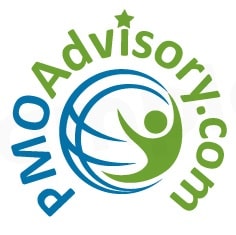Agile is having its moment, but I started wondering if the differentiation between “traditional” or “waterfall” and “agile” is real or just simple adaptation of management techniques. For example, if you are building a house and assuming you are not under tremendous time pressure, then a more traditional approach make sense. After all, you want to establish a solid foundation, plan the infrastructure for plumbing, electrical, gas lines, etc. well in advance. But if the project is to put out a burning firm of that same house, you will quickly adapt your methods. If the fire is typical, then water from fire hose would help. But if the fire is caused by some accelerants, then more water may make it worse. Fire fighters would need to find the right chemicals and “stuff” to extinguish the fire.
Te Wu’s comments regarding the below article titled, “Can Government Be Agile”?
Jordin Simms for Federal Times writes: Agile is having a moment. With a promise of faster and better outcomes for everything from start-ups to the labyrinthine federal government approach to services procurement, the agile way is very much in the spotlight. But along with this sudden fame comes the inevitable oversimplifications and forced contrasts, such as the supposed clash of the methodologies that pits agile against formal project management.
This is an artificial debate. The truth is that these two approaches can and do co-exist successfully. Project management is the application of knowledge, skills, tools, and techniques to project activities to meet the project requirements; agile allows teams to deliver projects piece-by-piece and make rapid adjustments as needed. Agile is not done in place of managing a project. Instead, it is frequently introduced as a way to speed up phases of a project.
With its promise of a faster path to the right results and more satisfied customers – especially on complex projects – it’s no wonder that agile is a cornerstone of U.S. CIO Tony Scott’s mission to vastly improve customer satisfaction with federal technology services. This Agenda has already yielded such practical tools as the Digital Services Playbook—actually released and made public by Scott’s predecessor Todd Park—whose 13 plays from proven private sector best practices include Play 4, “Build the service using agile and iterative processes.” There is also the TechFAR Handbook, a helpful guide to flexibilities in the Federal Acquisition Regulation (FAR) that can make it easier for agencies to implement plays in the Playbook through acquisition. SNIP, the article continues Federal Times, click here to continue reading…
